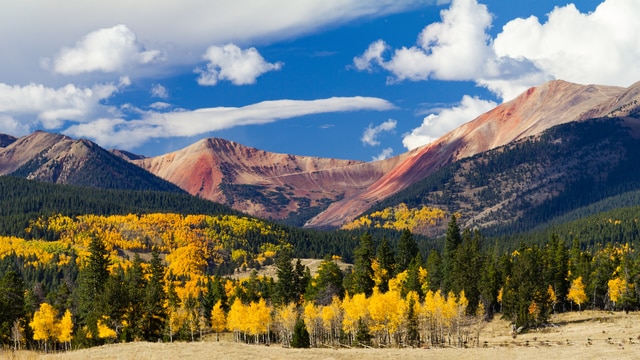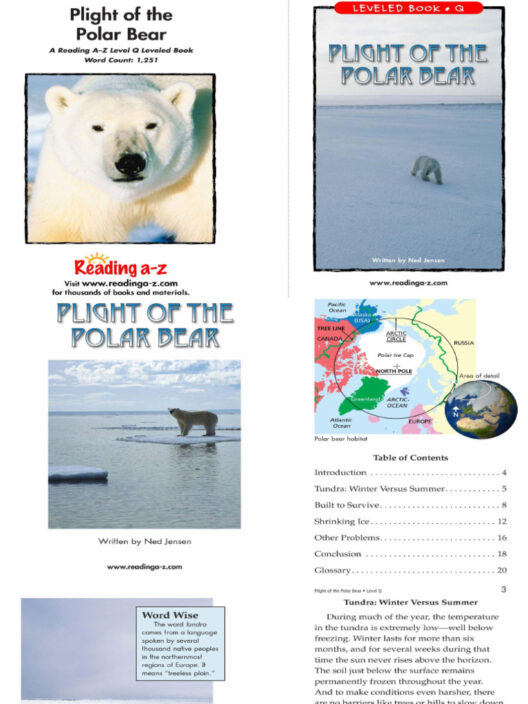Colorado’s climate is a remarkable tapestry woven from the interplay of altitude, geography, and seasonal shifts. The Rocky Mountain region, home to some of the state’s most breathtaking landscapes, features a weather pattern that can shift dramatically in a matter of hours. This unpredictability is one of the primary attractions for visitors and locals alike. But beyond the capricious nature of the weather lies an intricate system of climatic phenomena that merits exploration.
In understanding Colorado’s climate, one must first grapple with its geographical diversity. The state boasts a range of elevations, from the low-lying plains to the towering peaks of the Rockies, which profoundly influences weather patterns. At lower altitudes, residents often experience a semi-arid climate characterized by hot summers and moderately cold winters. In stark contrast, the higher elevations witness a continental climate, resulting in shorter, cooler summers and prolonged winters, marked by substantial snowfall.
The allure of Colorado’s summers is undeniable. From late June to early September, the days are typically warm, punctuated by afternoon thunderstorms that sweep across the mountains. These storms, though brief, offer not only the refreshing scent of rain but also the vital moisture that sustains local ecosystems. Nonetheless, the temperature swings can be dramatic; one can start a hike in balmy weather only to encounter snow flurries at higher elevations. This stark contrast perfectly encapsulates the notion that in Colorado, one must be prepared for anything.
Autumn emerges as a sublime season, adorned with the vivid hues of aspen and cottonwood trees. October often showcases a spectacular display of gold and orange, as the foliage lights up the mountainsides. The transitional weather features crisp air and a gentle decline in temperatures, guiding nature toward its winter repose. Interestingly, autumn is not just a visual feast; it plays a crucial role in soil fertility and the eventual cycle of rebirth that spring will usher in.
As winter blankets the state, Colorado transforms into a winter wonderland, attracting snow enthusiasts from around the world. Home to renowned ski resorts, the high-altitude snowpack becomes a vital resource by spring, as it sustains rivers and lakes during the summer months. Winter storms can bring significant snowfall, leading to the phenomenon known as ‘powder days’ that bless avid skiers and snowboarders with pristine slopes. However, while winter weather may seem glamorous, it also carries inherent dangers: avalanches, frostbite, and altitude sickness lurk in the shadows, reminding outdoor enthusiasts to respect the mountain’s might.
One might rightly question what drives such fascination with Colorado’s varied climate. Perhaps it is the inherent unpredictability that allows for a greater appreciation of nature’s dynamism. The Rocky Mountains exhibit an environment that is perpetually in flux—a veritable stage for the theater of weather. Every season, with its unique attributes and challenges, compels not just locals but also visitors to engage with the land in profound ways. The resilience required to navigate this capricious climate fosters a relationship between people and nature that is deeply interconnected.
Spring is an awakening; a time for renewal and revitalization. As the snow melts, rivers swell, and wildlife re-emerges, Colorado’s landscapes are once again graced with life. However, spring is notorious for its unpredictability. One may experience warm afternoons only to be met with a late-season snowstorm, a phenomenon often referred to by locals as “springtime in the Rockies.” This temperamental nature serves as a reminder of the delicate balance of ecosystems, where life perseveres despite abrupt climatic shifts.
Beyond its enthralling seasons, Colorado’s climate bears crucial implications for its flora and fauna. The varying microclimates provide habitats for a wide array of species. The state boasts rich biodiversity, with ecosystems ranging from montane forests to alpine tundras. These habitats, however, face mounting threats from climate change, which is altering precipitation patterns, increasing wildfire risk, and affecting snowmelt timings. Such factors ultimately jeopardize the delicate balance that exists within these ecosystems and pose challenges to conservation efforts.
Furthermore, the socio-economic ramifications of Colorado’s weather cannot be overlooked. Agriculture, one of the state’s mainstays, relies heavily on predictable weather patterns—an increasingly elusive condition. Farmers and ranchers are compelled to adapt, employing innovative strategies for sustainable practices amidst shifting climates. Consequently, understanding local climate patterns becomes not merely an academic exercise but a vital endeavor that shapes the livelihoods of countless individuals.
The narrative of Colorado’s climate is not solely a study of changing temperatures or seasonal whims; it embodies humanity’s relationship with the natural world. It prompts critical reflection on how we engage with our environment and the urgency of steadfast stewardship in the face of accelerating change. As climatic conditions continue to evolve amidst global shifts, the collective responsibility to protect and preserve these cherished landscapes has never been more crucial.
In conclusion, Colorado’s weather, with all its contradictions and ephemeral beauty, serves as both a breathtaking backdrop and a formidable challenge. Each passing season reveals the intricate complexities of life in the mountains, emphasizing that beneath the surface allure of adventure lies a profound need for understanding and respect. Engaging with Colorado’s climate is about more than leisure pursuits; it invites a dialogue on conservation and coexistence, urging a harmonious relationship with our awe-inspiring natural world.







